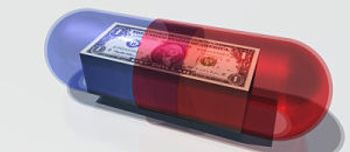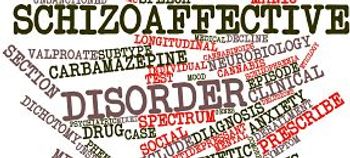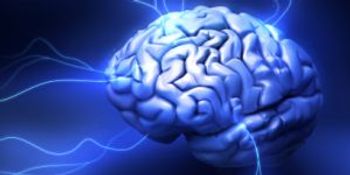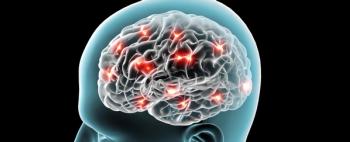
Clinicians would like to have better information about treatment options for bipolar depression, but clinical trials of any length are scarce.

Clinicians would like to have better information about treatment options for bipolar depression, but clinical trials of any length are scarce.

In the recent past, bipolar disorder has been classified as the most costly mental illness.

Patients with bipolar disorder who have lingering levels of symptoms and instable moods between episodes often relapse and require hospitalization.

Current medication regimens used in bipolar I disorder produce suboptimal patient outcomes more often than not.

Poor medication adherence increases the risk of relapse, hospitalization, and suicide in patients with bipolar disorder.

Longer duration of untreated illness (DUI) has been associated with poor clinical outcomes for many mood disorders, but not specifically bipolar disorder.

The FDA has extended its review of Richter and Allergan's atypical antipsychotic, cariprazine, for the treatment of schizophrenia and manic or mixed episodes associated with bipolar disorder.

Lithium remains a treatment of choice for bipolar disorder, as it is very effective in stabilizing mood and reducing suicide risk. However, its use is associated with adverse renal and thyroid effects.

Favorable evidence supports the drug's utility in certain psychiatric and neurological disorders.

The search for better treatment approaches has led clinicians to use atypical antipsychotics to augment or replace conventional approaches.

The FDA today approved the first generic versions of aripiprazole to treat schizophrenia and bipolar disorder.

Many patients with depressive disorders self-treat with complementary and alternative medicine.

Any intervention that significantly improves difficult, disabling depressive symptoms could improve quality of life for bipolar patients.

Readmission rates among patients with heart failure, acute myocardial infarction, and pneumonia increase when psychiatric illness is also present.

Few studies have examined whether compulsory community treatment meets its goals of improved clinical outcomes, better social functioning, and reduced health service use.

Pharmacists and other health care providers often do not advise patients with mental illness symptoms and diabetes to make lifestyle changes that would reduce related health risks.


Children born to parents with bipolar disorder have a strong likelihood of experiencing episodes of manic symptoms themselves.

The FDA today approved the supplemental new drug application for asenapine (Saphris) as monotherapy for the acute treatment of manic or mixed episodes associated with bipolar I disorder for patients aged 10 to 17 years.

Bipolar disorder can be managed with a variety of FDA-approved pharmacologic treatment options.

Type 2 diabetes may be associated with impairments in cognitive abilities, such as working memory and verbal fluency.

Comorbid anxiety disorders compound challenges associated with bipolar disorder treatment.

Although believed to be distinct, different psychiatric disorders may produce similar loss of gray matter in the brain.

There is greater need for comprehensive medication management (CMM) delivered by board-certified psychiatric pharmacists on the health care team.

Rapid cycling bipolar disorder occurs in up to 20% of bipolar patients, but it is difficult to treat.